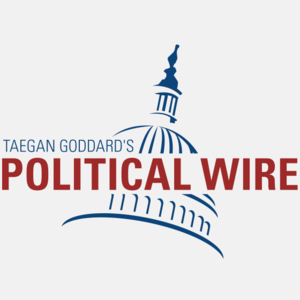- A federal judge ordered the Trump administration to restore public health websites taken offline due to an executive order targeting “gender ideology extremism.” The sites, maintained by the CDC and FDA, provided crucial medical information.
- The removals lacked proper justification and harmed doctors, researchers and patients, particularly underserved communities seeking healthcare, according to U.S. District Judge John Bates.
- The court order required the CDC and FDA to restore the removed pages by midnight Tuesday, Feb. 11, and identify additional missing resources relied on by medical professionals.
Full Story
A federal judge ordered the Trump administration to restore public health websites abruptly taken offline as part of an executive order aimed at removing what the administration called “gender ideology extremism.” The decision comes after a lawsuit from the advocacy group Doctors for America, which argued that the sudden removal of these resources hampered medical research and patient care.
Which websites were affected?
The affected websites, maintained by the Centers for Disease Control and Prevention (CDC) and the Food and Drug Administration (FDA), included key medical information.

Download the SAN app today to stay up-to-date with Unbiased. Straight Facts™.
Point phone camera here
Information on these websites included:
- HIV testing and prevention guidance
- Contraceptive recommendations for healthcare providers
- Public health datasets on vulnerability to natural disasters
- Clinical trial diversity initiatives
The Trump administration took down the pages without notice in late January, prompting concerns from medical professionals, public health researchers, and advocacy groups.
What did the judge say?
U.S. District Judge John Bates, a George W. Bush appointee, granted a temporary restraining order, ruling that the removals lacked proper justification and immediately negatively impacted doctors, researchers and patients.
In his decision, Bates criticized the administration, stating that removing widely used medical resources harmed everyday Americans, particularly underserved communities seeking health care.
How did the government defend the removals?
A Justice Department attorney representing the administration argued that the websites needed review for compliance with President Donald Trump’s executive orders, which directed agencies to eliminate gender-related policies and end government spending on diversity, equity and inclusion programs.
Officials said they would review the pages before restoring them. They didn’t offer a timeline.
The administration also argued that some of the removed data was still accessible through independent archives like the Internet Archive’s Wayback Machine.
Bates rejected this defense, stating that physicians and researchers should not rely on third-party sources for public health information.
What happens next?
The court order required the CDC and FDA to restore the removed pages by midnight Tuesday, Feb. 11.
By the end of the week, agencies must also identify any additional missing resources that medical professionals rely on and reinstate them.
The ruling marks another legal setback for the Trump administration, which has recently faced court challenges over other executive actions. Additional policies under review include birthright citizenship and federal spending freezes.
What are the broader concerns?
Advocacy groups warned that the removals could set a precedent for future changes to public health data. Some scientists and medical professionals worry that information could continue to be altered or removed under political pressure.
Bates emphasized that health agencies must base decisions on sound reasoning, not sudden political directives.
The lawsuit will continue, but the websites are set to be restored, ensuring doctors, researchers and the public regain access to critical health information.




























































